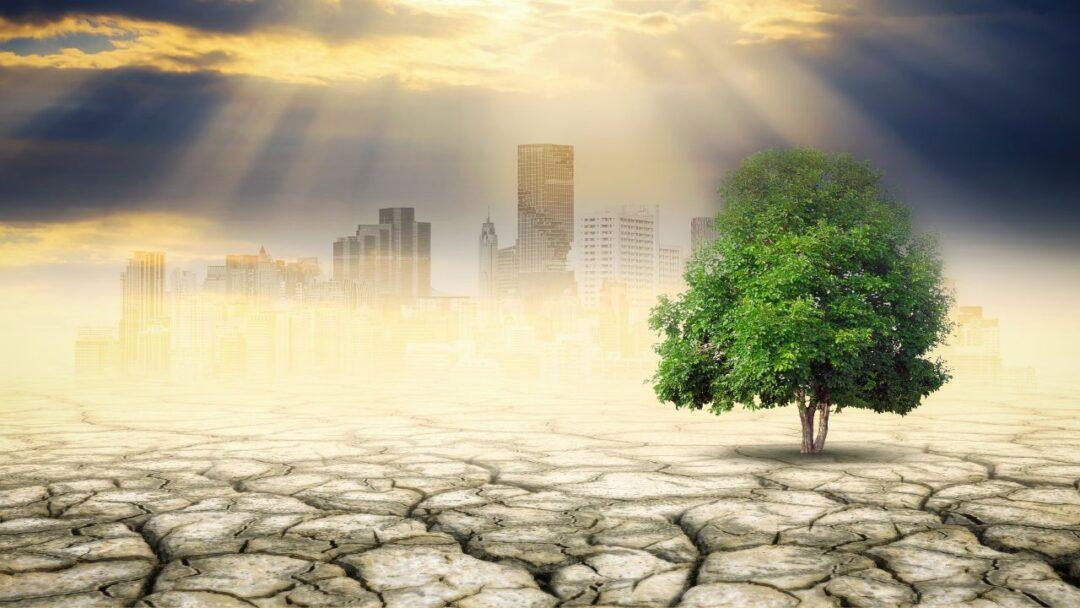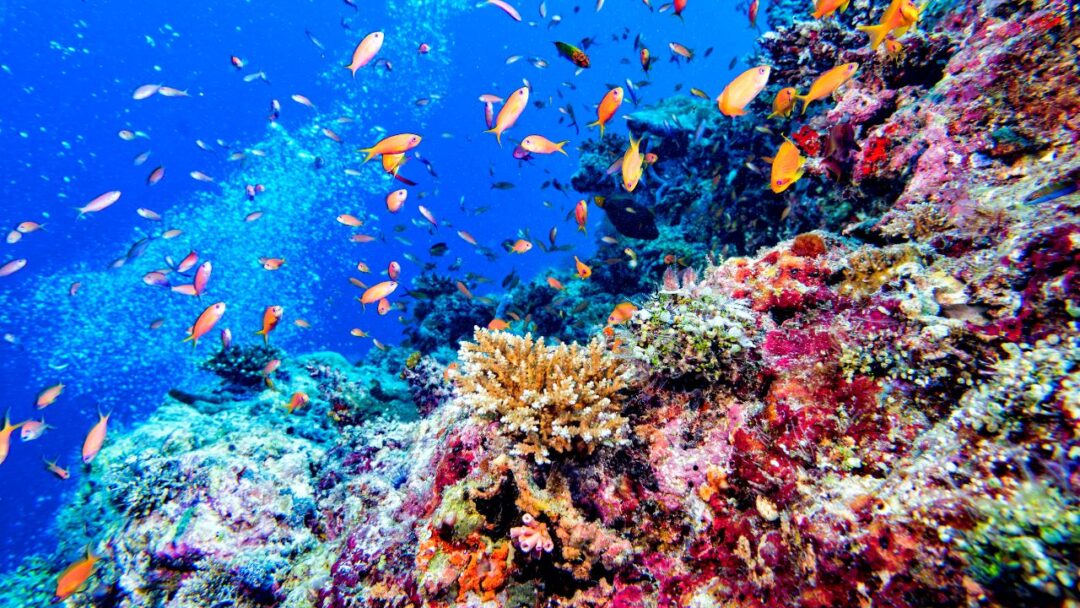Table of Contents

Introduction
Understanding Climate Change: Impact on Ecosystems and Wildlife. One of the most important issues facing our planet today is climate change, which is fueled by human activity. Its extensive effects have an impact on every aspect of our lives, including ecosystems and the enormous variety of wildlife that call them home. In order to appreciate the urgency of the situation and create successful conservation strategies, it is essential to comprehend the complex relationship between climate change and these ecosystems. The purpose of this article is to highlight the dangers we face by illuminating how climate change affects ecosystems and wildlife.
Ecosystem Disruption
Ecosystems are extremely sensitive to climatic changes because of the delicate balance of flora, fauna, and other natural elements they contain. The disruption of these complex systems is one of climate change’s most serious effects. Ecological harmony is lost as a result of warming temperatures, altered precipitation patterns, and changing seasons. For instance, the polar bears’ ability to hunt for food and cover great distances is hampered by the Arctic’s rapid sea ice melting, which poses a threat to their very existence.
Biodiversity Loss
Global biodiversity is in grave danger from climate change, which will lead to the extinction of many species. Many plants and animals struggle to adapt or migrate in time as habitats become uninhabitable due to rising temperatures, changing precipitation, and extreme weather events. For instance, the Great Barrier Reef experiences coral bleaching events as a result of rising ocean temperatures, putting the thriving marine life that depends on it in danger. Whole food chains are upset by this loss of biodiversity, which also threatens the stability of the ecosystem.
Habitat Destruction
The destruction of habitat is accelerated by climate change, endangering wildlife even more. Coastal erosion and the submerging of essential coastal habitats are caused by rising sea levels and storm intensity. As their protective role declines, mangrove forests, vital breeding grounds for numerous marine species, face destruction. Additionally, increased wildfire frequency and intensity, brought on by drought conditions, destroy forests and rob many species of their habitats.
Species Extinction
The accelerated rate of species extinction is one of the most tragic effects of climate change. Species that are unable to adapt or relocate as habitats disappear face a bleak future. Climate change is putting iconic species like the polar bear, the snow leopard, and the Bengal tiger in danger. In addition to being an ecological tragedy, the extinction of these charismatic species would also upset the delicate balance of entire ecosystems.
Global Warming and Carbon Emissions
Global warming, which is primarily brought on by excessive greenhouse gas emissions into the atmosphere, such as carbon dioxide, is at the heart of climate change. These emissions are largely caused by the burning of fossil fuels for transportation and energy production. Unchecked global warming has detrimental effects on ecosystems and wildlife, including the intensification of heat waves, altered precipitation patterns, and an increase in the frequency and severity of extreme weather events.
Frequently Asked Questions (FAQ)
What is climate change?
Long-term changes in global weather patterns brought on by a variety of factors, including human activities like the burning of fossil fuels and deforestation, are referred to as climate change. It causes changes in the weather, sea levels, precipitation, and temperature.
How does climate change affect ecosystems?
Ecosystems are impacted by climate change in various ways. Increased temperatures have the potential to alter habitats, species’ behaviors, and natural cycles. It can also affect the delicate balance of ecosystems by affecting plant growth, water availability, and the likelihood of wildfires.
What are the effects of climate change on wildlife?
Animal life is seriously threatened by climate change. It can alter breeding seasons, affect food availability, and mess with migration patterns. It’s possible for some species to experience habitat loss, population declines, and increased disease susceptibility. These changes put the overall biodiversity of ecosystems in danger.
How do rising temperatures affect marine life?
Marine life may suffer as a result of ocean temperatures rising. It can cause coral bleaching, which will cause many marine species’ essential habitats to disappear. Additionally, the distribution of fish and other marine organisms can be impacted by warmer waters, which has an impact on entire ecosystems.
What is the relationship between climate change and endangered species?
Threats to endangered species are made worse by climate change. They are more susceptible to changes in temperature, precipitation, and other climate-related variables because their habitats are frequently extremely sensitive to environmental changes. This puts their chances of surviving and recovering even more at risk.
Can climate change lead to species extinction?
Yes, climate change can speed up the extinction of certain species. Rapid climate change destabilizes ecosystems and puts extreme stress on species that can’t adapt quickly enough. For many vulnerable species, the risk of extinction is heightened by factors related to climate change, such as habitat loss, changes in food availability, and other factors.
How can individuals help mitigate the impact of climate change on ecosystems and wildlife?
By incorporating sustainable practices into their daily lives, people can make a difference. This entails cutting back on energy use, promoting renewable energy sources, helping with conservation efforts, engaging in responsible consumption, and supporting laws that give climate action top priority.
What role do protected areas play in mitigating the effects of climate change on ecosystems and wildlife?
National parks and nature reserves, among other protected areas, are essential for reducing the effects of climate change. They protect habitats, offer safe havens for biodiversity, and enable species to migrate and adapt to a changing environment. For ecosystems and wildlife to remain resilient, protected areas must be maintained and expanded.
How can climate change adaptation strategies benefit ecosystems and wildlife?
The goal of climate change adaptation strategies is to help ecosystems and wildlife adapt to its effects. These tactics might involve repairing damaged habitats, taking steps to ensure water availability, and establishing wildlife corridors to allow species to move around more easily. We can increase ecosystems’ resilience and wildlife’s chances of surviving by putting these strategies into practice.
Why is it important to address climate change for the future of ecosystems and wildlife?
For the sake of ecosystems and wildlife, it is imperative that climate change be addressed. Lack of action could lead to ecological system collapse, biodiversity loss, and irreparable harm to habitats. We can preserve ecosystems, safeguard wildlife, and ensure a sustainable future for all living things by addressing climate change.
Conclusion
Ecosystems and wildlife all over the world are in grave danger from climate change. The dangers we face if we don’t effectively deal with this crisis are so great that the examples given above barely scratch the surface. Globally, immediate action is needed to reduce greenhouse gas emissions, advance sustainable lifestyles, safeguard threatened habitats, and preserve biodiversity. We can work to preserve our ecosystems, protect wildlife, and ensure a sustainable future for future generations through international cooperation, technological advancements, and personal commitment.
Ecotourism: Responsible Travel for Nature Enthusiasts : NEXT POST




